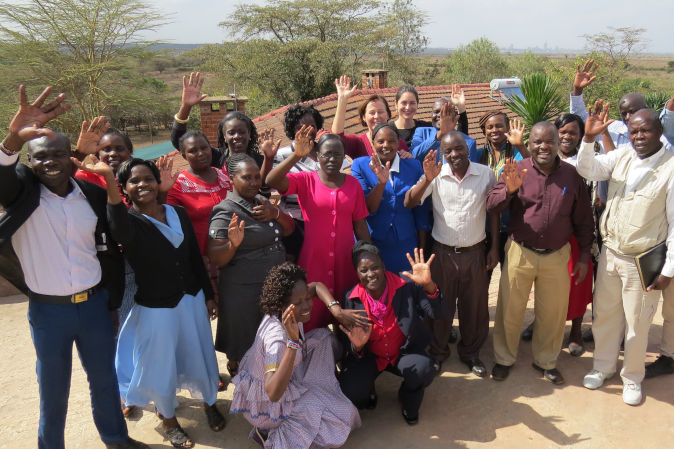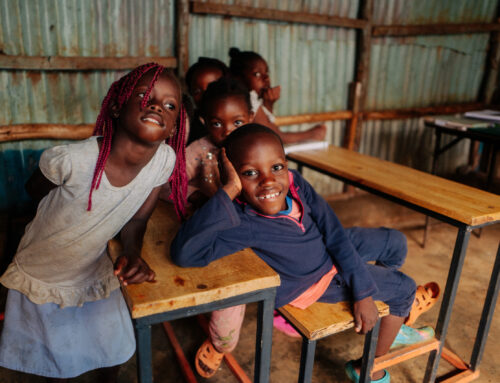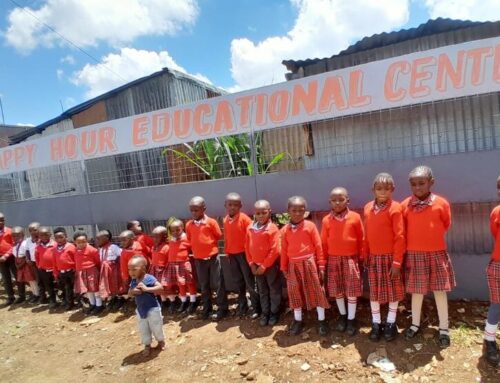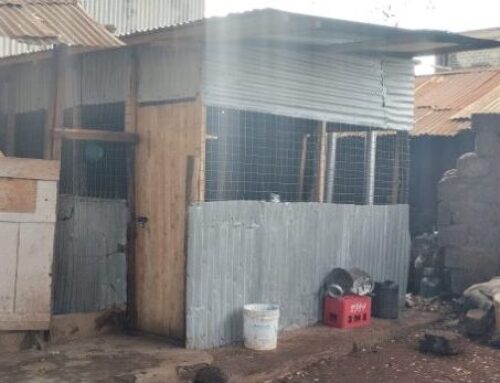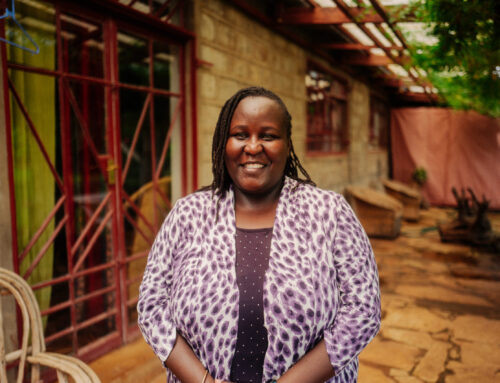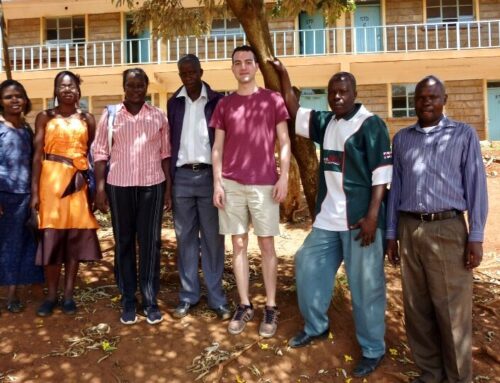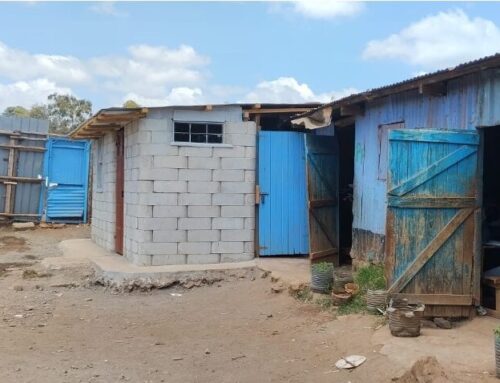From caterpillar to butterfly
Inuka Sasa 2.0 – sustainable change for our partner schools in Kenya
Once set in motion, change can no longer be stopped
In nature, change is something that happens all by itself: A caterpillar turns into a butterfly – completely without help, yet magical. In an interview, the sociologist Nicanor Perlas describes how this transformation takes place and what we can learn from it to change our society. When the caterpillar spins itself into its cocoon, Perlas explains, something quite amazing happens. Inside of the caterpillar, so-called imago cells are formed. These cells represent the future in a certain sense, because they contain the information about the butterfly the caterpillar is going to transform into. At first the caterpillar’s body still resists these new cells and tries to destroy them, but once the process of change is set in motion, it cannot be stopped.
Our core task: building networks and exchanging new ideas
In the middle of the caterpillar cells – in a hostile environment, so to speak – more and more new imago cells form and unite into small groups. At some point, the caterpillar’s immune system can no longer compete with the new cells, which begin to form small networks and exchange information. The imago cells form long threads and at a certain point this network seems to understand that it is something different than a caterpillar. “With the recognition of its own identity, the new cell structure transforms the old caterpillar body from within. This insight is the actual birth of the butterfly,” explains Perlas.
What happens quite naturally in nature needs much more awareness and the free will of many in our society. Changing a society sustainably does not happen overnight, nor does it happen by force. It takes millions of people who are committed to change, who start to form networks and exchange ideas. A single strong human being alone is not enough, he needs – like the imago cells in the caterpillar – other people with whom he can exchange information and form networks, said Perlas. Only then, analogous to the development of butterflies, something new can form without the ideas being swallowed up again by the old system.
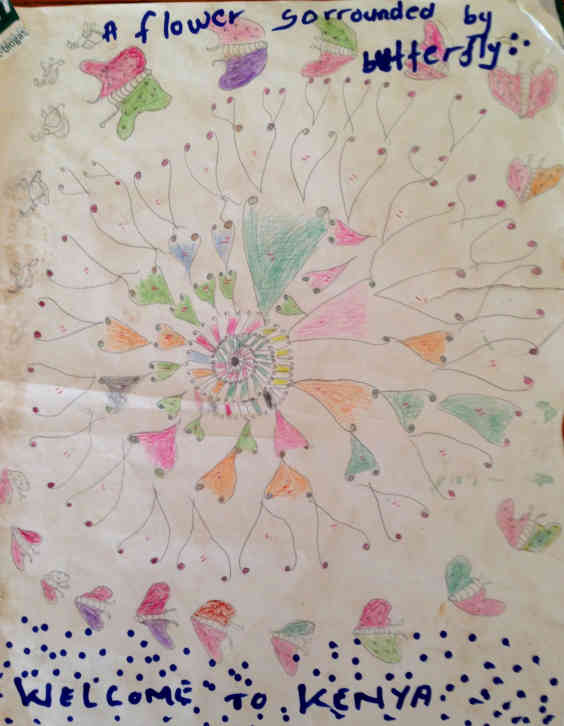
Starting a change together with Inuka Sasa 2.0
This is exactly what we want to achieve with Inuka Sasa 2.0. The initiators, the “imago cells” of the community, are to be strengthened. They already carry the future within them and not only infect others with their ideas and determination, but also give them work through concrete projects. We initiated the CIFEFA slum school network at the first Inuka Sasa conference in November 2017 at the Oseki farm outside Nairobi. We were able to pay salaries nine times to up to 150 teachers at our partner schools. However, we have not yet been able to come up with a sustainable change. Instead of taking the initiative and taking responsibility, those affected tended to support a latent dependence and victim mentality.
That’s why we now want a fresh start with Inuka Sasa 2.0. A core team from the existing CIFEFA partner school network is currently developing an independent organization to support social enterprises in poor communities. The teachers are invited to take on responsibility in sustainable projects and thus generate additional income. If we let our ideas and our imagination work together, we are able to start a change that can no longer be stopped.
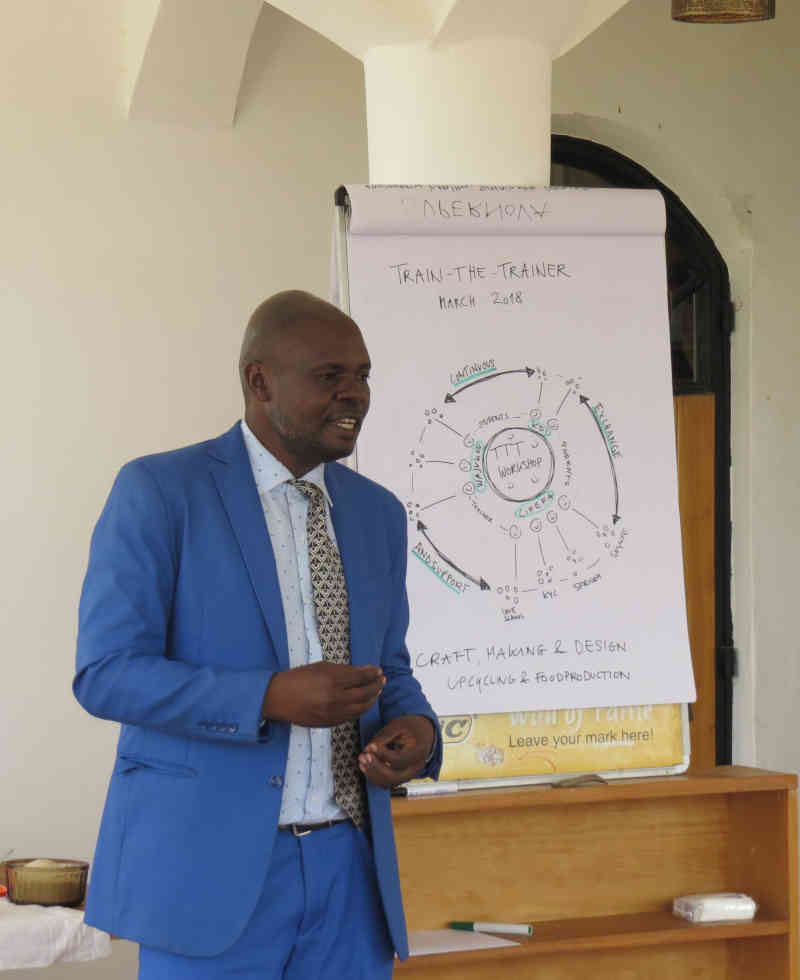
Text by Johanna Grewer

